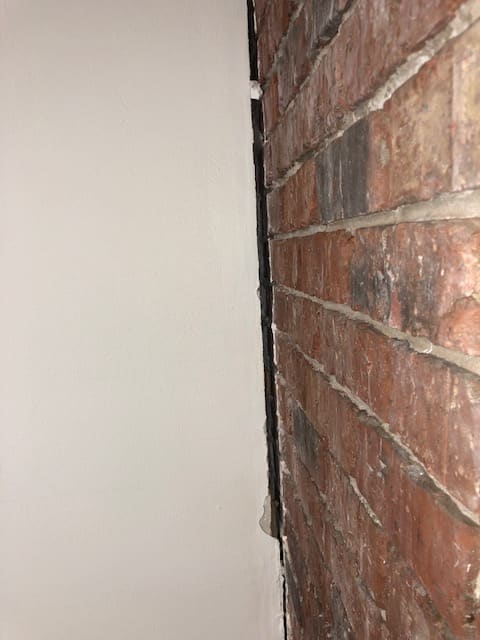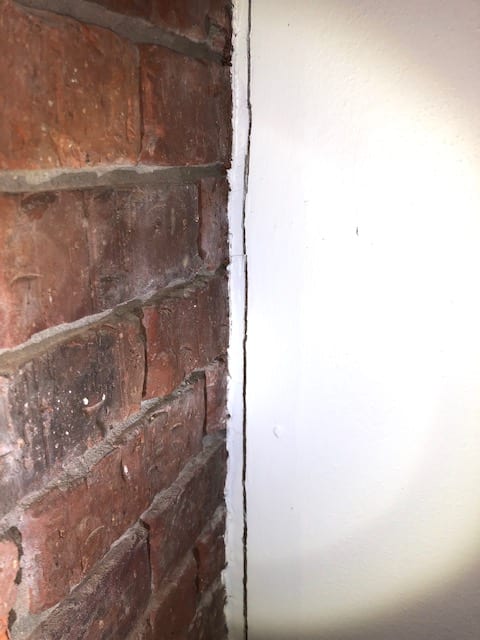During a recent inspection of a property with Double Wythe Gable End Brick Parapets, I noticed significant separation between the end of the interior intersecting walls, and the gable ends. While in the attic, I noticed that on the furthest ceiling joist, the masons piled mortar onto the wood framing. Is this a "tying" attempt?? (pics attached)


This is the first inspection I've done where I've encountered Gable End Parapets. They do not seem to be structural, as they are free standing and tied to the framing, but the walls are showing substantial bulging. My findings indicate the bulging is due to significant moisture exposure from inadequate flashing and capping. The ties aren't doing their job, and the structure only has tension cables about 5-7 ft from the top of the parapet. Some of the timber framing has also shown significant water damage/rot as well.
I assume this is a very common issue with brick Parapets?


This is the first inspection I've done where I've encountered Gable End Parapets. They do not seem to be structural, as they are free standing and tied to the framing, but the walls are showing substantial bulging. My findings indicate the bulging is due to significant moisture exposure from inadequate flashing and capping. The ties aren't doing their job, and the structure only has tension cables about 5-7 ft from the top of the parapet. Some of the timber framing has also shown significant water damage/rot as well.
I assume this is a very common issue with brick Parapets?



